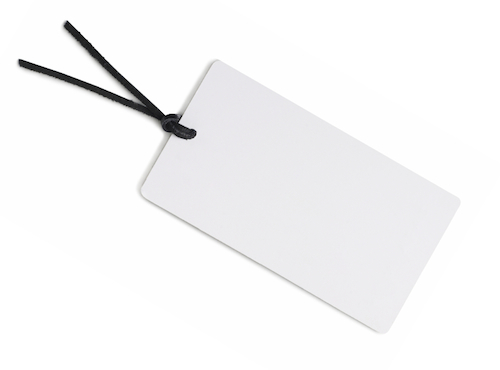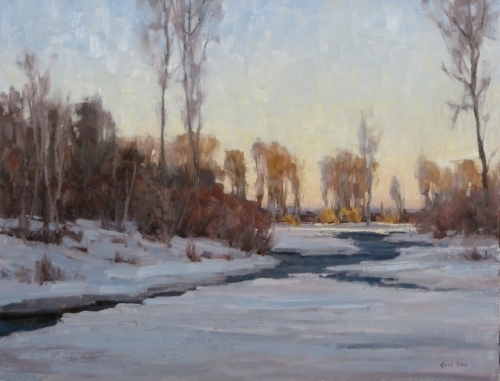I wish I could pull a number out of the hat and tell you how to price your art.
It’s not that easy, as you’ve surely discovered. Every artist’s path to their sweet spot for pricing is different.
I’ve come to know that there isn’t a single art market that you can look to as an exact model. There are many art markets – each with its own pricing structure.
Here are a few guidelines to begin with.
Art-Pricing Guidelines
1. Your first step is to research your market. Look for artists who do similar work using similar materials and who are at a comparable point in their careers.
Whenever you compare your prices to those of other artists, make sure you know that the work you’re looking at is actually selling. It doesn’t do you any good to look at prices from an artist whose work isn’t moving.
Many artists have adopted a formula for square-inch pricing. This is fine, but it must be based on something. You can’t pull a number out of the air. Follow all of the tips here and your formula will be well grounded.
2. Start lower. It’s easier to start on the low end of the scale and raise your prices than it is to lower your prices later.
However . . .
3. Never undervalue your work. Selling your art too cheaply means you’re probably not getting paid what it’s worth.
When you devalue your art, you devalue the art of every other artist who is trying make a living – many of whom genuinely need the money.
The dangers in pricing your artwork too low are:






